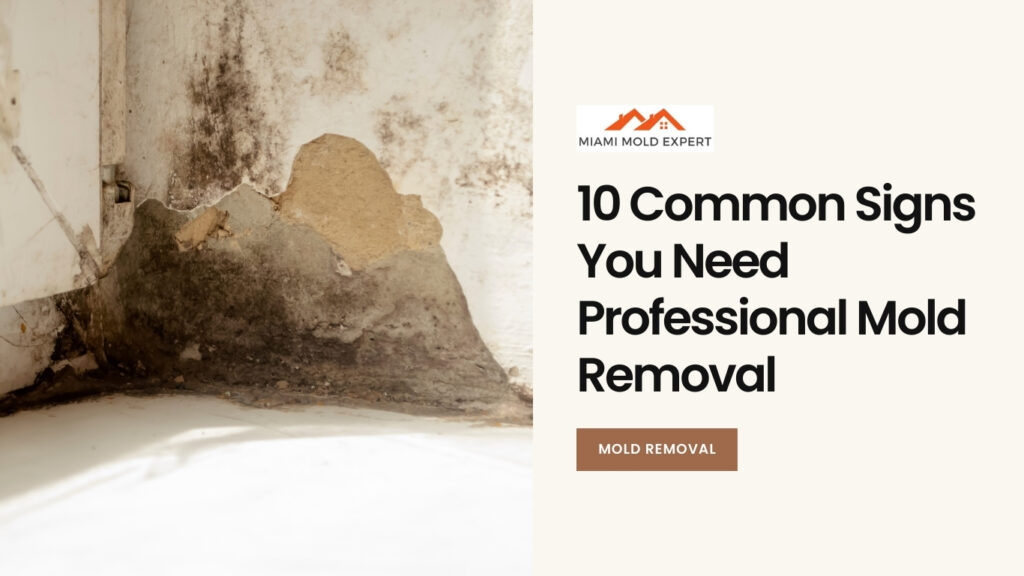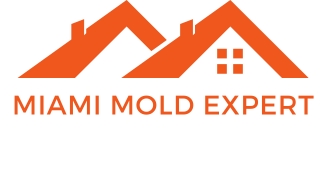
Mold infestations can be a silent but serious threat to your home or office environment. They often go unnoticed until they cause structural damage or health issues. Understanding the signs of mold infestation and knowing when to seek professional help can save you time, money, and potential health complications. In this comprehensive guide, we’ll explore how to identify mold problems, the dangers of ignoring them, and why professional mold removal is essential.
What Is Mold and Why Should You Be Concerned?
Mold is a type of fungus that thrives in damp and humid conditions. While some molds are harmless, others can pose serious health risks, especially to individuals with respiratory issues, allergies, or weakened immune systems. Mold can also weaken structural elements like drywall and wood, leading to costly repairs.
10 Signs You Have a Mold Infestation
1. Persistent Musty Odors
Mold often emits a strong, musty smell, even if it’s not visible. If you notice an unpleasant odor that doesn’t go away after cleaning, it might be a sign of hidden mold in your walls, flooring, or HVAC system.
2. Visible Mold Growth
Mold can appear as black, green, white, or even yellow patches. It often grows in damp areas like bathrooms, basements, or under sinks. If you spot any unusual discoloration or patches on walls, ceilings, or floors, mold removal is necessary.
3. Water Damage and Stains
Leaks from pipes, roofs, or appliances can lead to water stains, which create an ideal environment for mold. Look out for discoloration or bulging walls and ceilings as they could indicate hidden mold growth.
4. Peeling or Bubbling Paint
Mold often thrives behind walls where moisture accumulates. If your walls show signs of peeling, cracking, or bubbling paint, it could be due to a mold infestation.
5. Increased Allergy Symptoms
Symptoms like sneezing, coughing, itchy eyes, and nasal congestion may worsen when you’re indoors if mold is present. If allergy symptoms persist without any known cause, mold could be the culprit.
6. Respiratory Problems
Mold releases spores that can irritate the lungs. People exposed to mold may experience asthma attacks, wheezing, or shortness of breath. If these symptoms appear or worsen, professional mold removal should be considered immediately.
7. Condensation Issues
Frequent condensation on windows or metal pipes is a sign of high indoor humidity, which creates the perfect environment for mold. Addressing this issue early can prevent mold from spreading.
8. Warped or Soft Flooring
Wooden or laminate floors may become soft or warped due to moisture caused by mold. If your floors feel uneven or soft, it’s worth investigating for mold beneath the surface.
9. Health Complaints from Occupants
If multiple people in your home or office experience unexplained fatigue, headaches, or skin irritation, it could indicate mold exposure. Mold toxins, also known as mycotoxins, can impact overall health.
10. Recurring Mold Growth
If mold keeps returning after cleaning, it’s a clear sign that the root cause has not been addressed. This requires professional assessment and removal to eliminate the issue.
Why You Shouldn’t Ignore Mold Infestations
Structural Damage
Mold feeds on organic materials like wood, drywall, and insulation, compromising the integrity of your building. Ignoring it can lead to costly repairs and, in extreme cases, unsafe living conditions.
Health Risks of Mold
Prolonged exposure to mold can lead to severe health issues, including:
- Allergic reactions
- Respiratory infections
- Asthma attacks
- Chronic fatigue
Decreased Property Value
Homes or offices with visible mold problems can lose significant market value. Mold infestations also make it difficult to sell or rent properties.
When to Seek Professional Mold Removal
While minor mold problems might be manageable with DIY solutions, larger infestations require professional expertise. Consider hiring a mold removal specialist if:
- Mold covers an area larger than 10 square feet.
- You suspect mold in hard-to-reach places like HVAC systems or behind walls.
- There are recurring mold issues despite cleaning efforts.
- Family members or employees experience persistent health problems.
DIY Mold Removal vs. Professional Services
DIY Mold Removal
- Suitable for small, localized mold issues.
- Requires proper protective equipment and cleaning solutions.
- May not address underlying moisture problems.
Professional Mold Removal
- Identifies and eliminates the root cause of mold growth.
- Uses advanced techniques like HEPA filtration and antimicrobial treatments.
- Ensures safety and thorough removal, preventing recurrence.
To learn more, check out our DIY Mold Removal vs. Professional Services guide.
Health Precautions and Preventive Measures
Maintain Optimal Humidity Levels
Keep indoor humidity below 50% using dehumidifiers or air conditioners.
Fix Leaks Immediately
Repair leaking pipes, roofs, or appliances to prevent water accumulation.
Ensure Proper Ventilation
Use exhaust fans in kitchens and bathrooms to reduce moisture buildup.
Regular Inspections
Schedule routine inspections, especially in areas prone to dampness like basements or attics.
Conclusion
Mold infestations can cause significant harm to both your property and health. By recognizing the signs of mold infestation and taking swift action, you can protect your home or office from further damage. For stubborn or widespread mold issues, professional mold removal is the safest and most effective solution.
Don’t wait—contact us today for expert mold removal services and ensure a healthier living environment.
